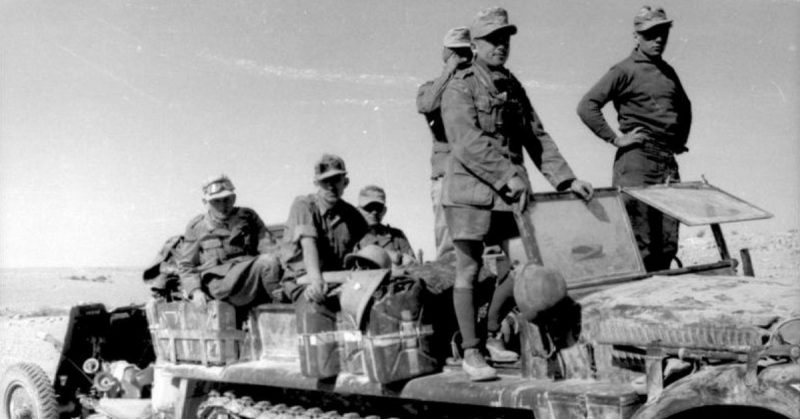It takes serious planning and organization to carry out any major operations in a war zone effectively. For the Allied forces, the many operations and battles carried out during WWII in the North Africa region demonstrated their efficiency in strategy and military skill against the Axis Powers.
The Tunisia Campaign, also called the Battle of Tunisia, was a series of events that took place during the North African Campaign. The Allied forces consisted of the British Imperial Forces, Polish and Greek contingents, as well as American and French corps.
While German and Italian forces initially had the upper hand, the massive supply and strength in Allied numbers led to the Axis powers’ ultimate defeat. In that time, over 230,000 German and Italian troops became prisoners of war, including most of the Afrika Korps.
Keep reading to discover seven of the major events that led to the downfall of the Axis forces in North Africa.

1. Operation Torch
In July 1942, the Allies understood that relatively small-scale water operations to land in northern France during may be impractical. So instead of following through with their initial movements, it was decided that successful landings could be made to secure the Vichy territories in North Africa, including Morocco, Algeria, and Tunisia. After this occurred, they would move forward and east to take the Axis forces in the Western Desert.
An Allied takeover of the majority of the North African coast would open the Mediterranean waterway to Allied shipping, thus relieving the heavy load required to maintain supplies around the previous circuitous route via the Cape of Good Hope.
So, on November 8th, Operation Torch was underway. Allied forces landed in Algeria, near Oran and Algiers, as well as in Casablanca, Morocco. Here, they had the intention of overcoming Vichy forces in Algeria, an advance that could then be made to Tunis about 500 miles to the East.
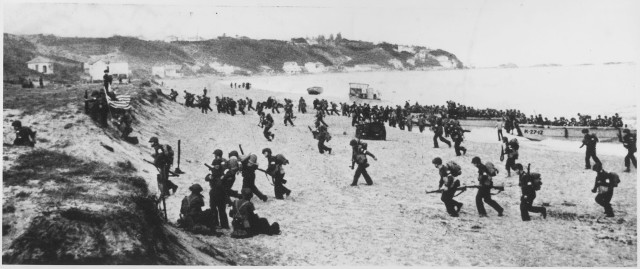
The Allies realized that an attempt to cover ground and arrive at Bizerta and Tunis overland before the Axis could establish themselves would be a major gamble. Their success depended on the ability of the Navy and Air Force to stall any Axis build-up that could potentially throw the Allies off course.
Although they had allowed for the possibility of strong Vichy opposition to their landings, especially from their infantry, and Air Force, they also dramatically underestimated the Axis powers’ desire to quickly intervene in Tunisia.
2. The Run for Tunis
During November and December of 1942, once French opposition to the Allied Operation Torch landings died down in mid-November, the Allied forces made moved forces east from Algeria. Their plan was to capture Tunis and delay any Axis units from establishing a greater front against them in Tunisia.
The Allied troops were less than 20 miles short of Tunis by late November, but the Axis defenders were ready and armed, attacking in return and pushing them back nearly 20 miles more. Both sides dug in by the end of the year to reorganize and figure out a new approach.
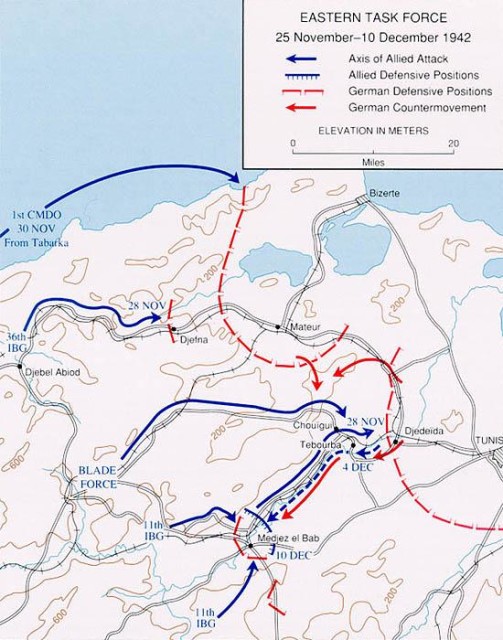
3. The Battle of Sidi Bou Zid
The Battle of Sidi Bou Zid, or Operation Spring Breeze, took place mid-February 1943 when a significant number of American units were obliterated by German and Italian forces. This defeat resulted in the Axis powers recapturing Sbeitla in central Tunisia, which was a strategically vital region to hold.
However, the success at Sidi Bou Zid was reversed later by a counter maneuver, led by British and American forces.
4. The Battle of Kasserine Pass
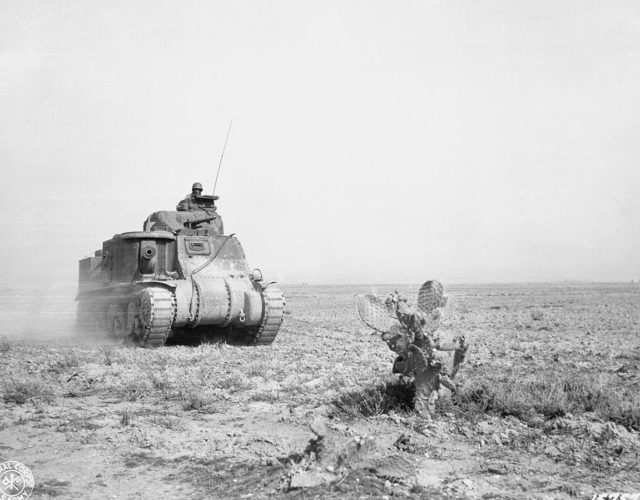
Kasserine Pass, a two-mile wide gap in the Grand Dorsal chain of the Atlas Mountains, was another key battleground for gaining land. The Axis forces, led by Erwin Rommel, were primarily from the Afrika Korps Assault Group and certain elements of the Italian and Panzer divisions. They went up against the Allied forces of U.S. II Corps, led by Major General Lloyd Fredendall, as well as the British 6th Armoured Division led by Major-General Charles Keightley.
Sadly, the inexperienced American soldiers were poorly led and suffered heavy casualties. They were forced to retreat, losing more than 50 miles of ground. However, in reaction to this early defeat, units of the U.S. II Corps, also reinforced by British reserves, made a comeback and held the exits through mountain passes in western Tunisia, ultimately defeating the Axis front.
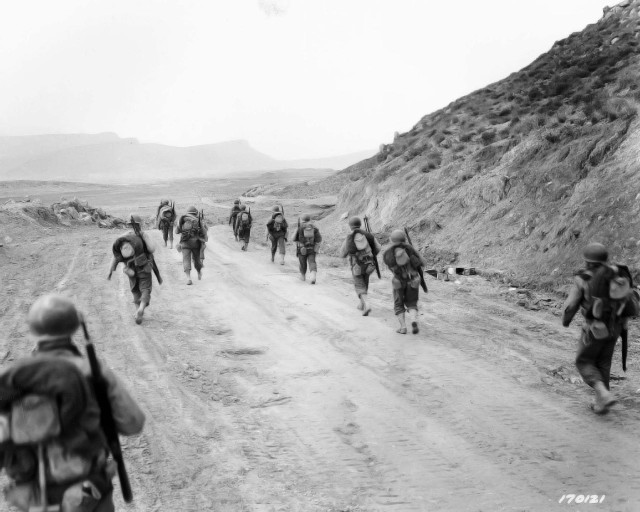
5. The Final Allied Victory Battle
After repeated battles and operations had been carried out to gain more ground, with front lines being pushed back and forth at every turn, the Allied offensive was achieving its goals.
During the Battle of Longstop Hill, the city was captured and this opened a direct line to Tunis. At this point, an Allied breakthrough was imminent. In April 1943 it had become clear to Eighth Army General Bernard Montgomery and General Alexander, chief of Allied Forces in French North Africa, that an Eighth Army attack into an enemy stronghold on difficult terrain wouldn’t be successful. Soon, Alexander gave Montgomery a holding role and troops were redeployed to conduct a more efficient operation.
By the night of May 5th, British General Anderson had organized a concentration of tanks near Bou Arada, in order to redirect attention from the arrival of the 7th Armoured Division.
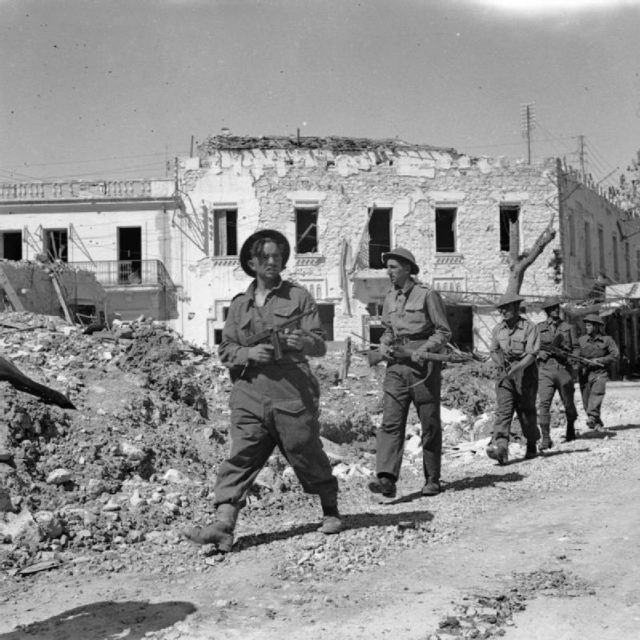
The final assault was then underway on mid-morning of May 6th, by the IX Corps. V Corps had already made a preliminary attack on May 5th, capturing higher ground and securing the left flank for IX Corps. Finally, the 4th and 4th Indian divisions put their focus on a narrow front and, supported by concentrated heavy artillery units, eventually tore a hole in the defenses for the 6th and 7th Armoured divisions to pass through.
And on May 7th, British troops entered Tunis, while the American infantry from II Corps managed to enter Bizerte from the North.

The Axis forces started surrendering one by one, six days after the initial fall of Tunis and Bizerte. Following the collapse of German forces on May 12th, Mussolini followed suit and ordered his troops to surrender as well.
By the next day, May 13th, the 1st Army was the only Axis forces still trying to hold out and fight. However, the British RAF (Royal Air Force) and artillery units on the ground continued their bombardment until midday, and the 1st Army surrendered to the British Eighth, ending the war in Tunisia.
Over 230,000 Prisoners of War were taken by the Allied Forces by the end of the North Africa Campaign.
